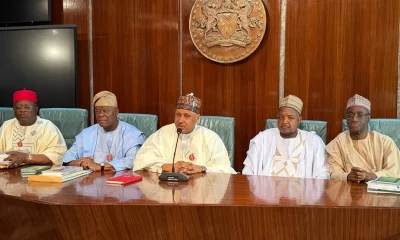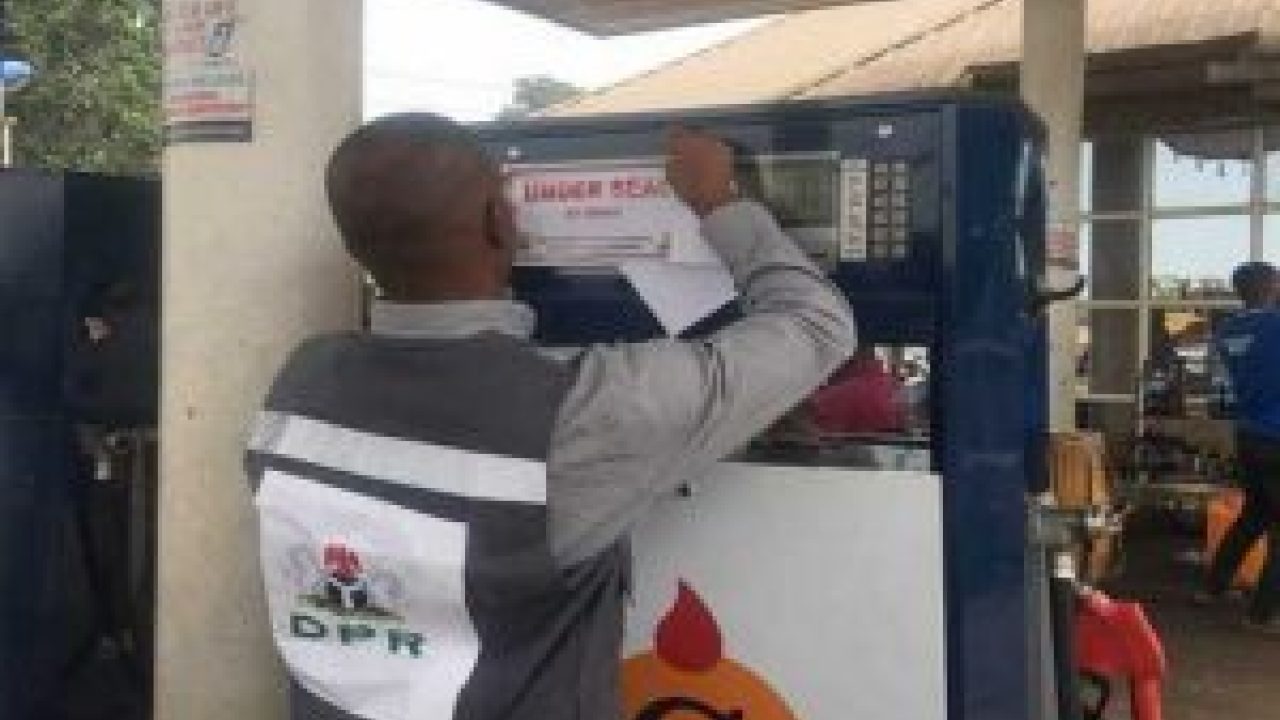The Department of Petroleum Resources (DPR) said that Nigeria, the ninth largest gas producing nation in the world, lost over 850 million dollars to gas flaring in 2015.
Mrs Pat Maseli, Deputy Director, Head, Upstream, DPR, gave the statistics at the just concluded 10th Annual Sub-Saharan Africa Oil and Gas Conference in Houston, Texas, U.S.
This is according to a statement made available in Lagos on Sunday by Mr Sonny Oputa, Chairman, Energy Corporate African, the organiser of the conference.
Maseli said that the development led to a loss of 3,500 megawatts of electricity generation and about 400 million dollars carbon credit value emission.
She said, “55 million Barrels of Oil Equivalent (BOE) was lost and 25 million tons of carbon dioxide emitted.
ALSO SEE: Nigeria mops up liquidity as dollar remains volatile in global market
“The country is recording decline, but the scale of gas flaring is still worrisome’’.
She said that with almost 8 billion cubic meters of gas flared annually, according to satellite data, Nigeria had the seventh largest gas flaring in the world.
“At the same time, approximately 75 million Nigerians lack access to electricity.
“In recent years, Nigeria has shown significant progress by reducing gas flaring by about 2 billion cubic metres from 2012 to 2015,’’ she was quoted as saying.
Maseli said that prior to now, there were no gas terms in place, but the department had recently developed policies on gas terms and utilisation.
“This was passed to operators for their input which will subsequently be sent to the National Assembly for its passage
“The Gas Master Plan seeks to deliver gas to commercial sub sector for use as fuel, captive power and related end-use, to consolidate Nigeria’s position and market share in high value export markets.
“It will create regional hub for gas-based industries, including fertiliser, petrochemical and methanol.
“ It will also transform the gas sector to a value-adding sector,’’ Maseli said.
On the breakdown of the 2008-2013 Domestic Gas Supply Obligation (DGSO), she said that compliance was about 23 per cent.
It said that in 2016, the DGSO was achieved at 38.18 per cent, while in 2017, it was 40 per cent.

 Business6 days ago
Business6 days ago
 Business6 days ago
Business6 days ago
 Business6 days ago
Business6 days ago
 Business6 days ago
Business6 days ago
 Latest1 day ago
Latest1 day ago
 Business6 days ago
Business6 days ago
 Politics6 days ago
Politics6 days ago
 Latest2 days ago
Latest2 days ago







